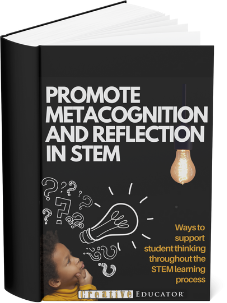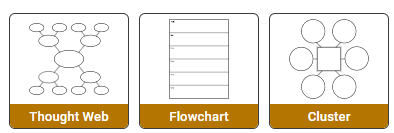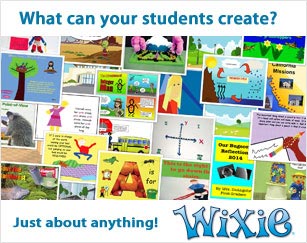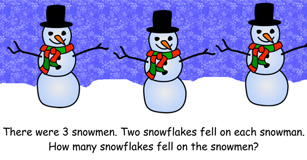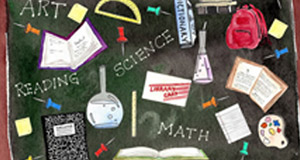Standards + Creative Tasks = Future-Ready
Reframe tasks to engage learners in deep thinking about the curriculum, even with the use of AI tools
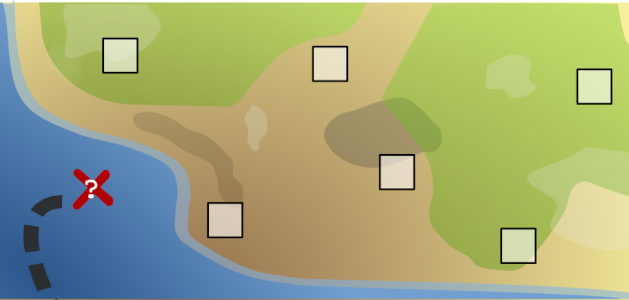
Project work does not have to require excessive time investments and extensive training. It can be as simple as switching up what we are asking students to create.
A simple shift in framing a task helps students go beyond a rote response to standards and learning goals to deep thinking and digital age communication. This helps transform learning goals into project assignments that honor individuality and helps students demonstrate learning with flexibility and creativity.
Rethink a traditional approach by focusing on critical thinking, creative thinking, and purpose. Each of these strategies allow for a range of project possibilities, many of which can be applied to different topics and across subject areas.
Critical Thinking
Critical thinking gives students the tools to question, explore, and grow. When kids learn to think critically, they’re better able to:
- Make sense of information (and misinformation).
- Consider what’s right, fair, and thoughtful.
- Approach challenges with confidence.
- Move beyond memorizing facts to become thoughtful thinkers.
To help students build critical thinking skills, provide tasks that ask them to look for patterns, compare ideas, and explore relationships between concepts. This helps them go beyond surface-level understanding and dig into the "how" and "why" of what they're learning.
ABC and Associative Letter Projects
As a summative assessment, ask each student to create a complete ABC book for your course. This requires students to collect and organize their research and notes and then prioritize and assign to fill an arbitrary structure.
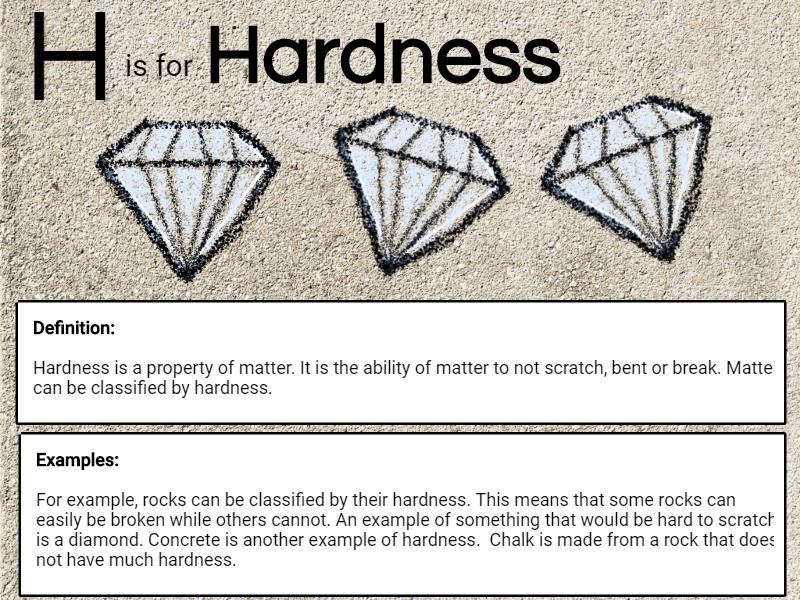
For a smaller project, try an associative letter report. In this project, students organize ALL information around a single letter. Let students choose which letter works best. Again, they need to review all information, find connections and organize.
Explore an Alphabet Book lesson plan
Five Senses Poems
Because of their limited space, many poetic forms are a great way help students summarize information. In order to meet any poetic form, they much carefully choose descriptions and terms helping them highlight key ideas. Thinking about which parts of a topic they can smell and taste, encourages new ways of thinking about a topic helping students move beyond surface-level understanding.
Explore an 5 Senses Poetry lesson plan
If/But Comparative
An If/But Comparative asks students to compare in narrative, first person form. Use a Venn diagram to compare two items, like different animals, time periods, geographic locations, sharing how each item is unique.
Journals and Letters
One key skill of critical thinking is the ability to evaluate different perspectives. Historical perspective means attempting to see events through a person's eyes, not how you would personally feel about them from a present-day perspective. Taking the perspective of a character in a story can help students understand their motivations and better comprehend events in the stories they read.
As students take on the perspective of someone from the past or someone in a different location, they must try to empathize, identifying biases and questioning assumptions. Depending on your subject area, you could ask students to:
- Write postcards from the past or a specific habitat
- Keep a historical journal
- Craft a character scrapbook
Creative (Lateral) Thinking
Creative thinking is often viewed as less than critical thinking. But creativity, with its inherent requirements for imagination, originality, flexibility, and curiosity is essential for success in today's rapidly-changing world. For example:
- Imagination allows students to picture things that don't yet exist and dream up new stories, inventions, and ways of solving problems.
- Originality helps students learn to trust their voice and make bold choices.
- Flexibility encourages students to shift perspectives and adapt to new or changing information.
All of these creative thinking skills help students see that there is often more than one right answer and that challenges can be approached in many ways.
Wanted Posters
Wanted posters are an engaging way to bring characters, historical figures, and science concepts to life. Switching up how we ask students to share information encourages them to step away from an established pattern of thinking and doing in school.
By sharing knowledge through identifying markers, aliases, and sayings students must take on the persona of the wanted and question assumptions that might be limiting their thinking.

Download a free guide with 6 printable templates for using Wanted Posters
Fictitious Interviews
Imagine an imaginary conversation with a historic artifact, unique animal, or character in a book you are reading. Fictitious interviews require students to formulate relevant questions to get to the information they want to share. Rewriting facts and providing context and perspective for an answer in first-person requires students to arrange, combine, and prioritize facts and ideas.
If we stop providing the questions to use in the interview, students must also think deeply about the information and ideas they want and should share, helping them learn to formulate effective questions and prioritize information.
Explore lesson plans for interviewing book characters, animals and artifacts
Relevance and Purpose
While vocabulary building, math facts, and algebra problems may be important indicators of comprehension, using technology to fill out a digital worksheet isn't any more compelling than using a pencil to fill out a paper version.
Yes, school is not the real world; it is preparation for it. But this doesn’t mean we can’t ask students to create things for school that reflect, and even benefit, the world outside of it. If this seems daunting, start with projects that ask students to create products similar to those they see and use outside of school.
Infographics
Infographics are visual representations of data designed to make complex ideas and large amounts of information easy to understand. With the overwhelming amount of information available in our hands, infographics have become a powerful communication tool. Not only are they relevant, Infographics are a great way to get students to think deeply and ask questions like:
- What information is most important?
- How are the ideas and information connected?
- How can it best be organized?
Explore an Infographics lesson plan
Comics
Comics use pictures and text to tell a story through a series of panels. The limited amount of space in a comic's panels requires students to choose the most significant points in a text or story. This summarizing, combined with the extensive use of nonlinguistic representations in comics, improves student comprehension.
Read more about engaging learners with comic creation
News Reports
Like comics, writing a News Broadcast requires students to use narrative writing techniques to deliver information. Crafting a News Broadcast helps students think about techniques the news media uses to attract viewers and keep them watching, building essential media literacies.
Explore an Ancient Cultures News Broadcast lesson plan
The ideas above reflect the world beyond the classroom, but can still be academic in focus. To answer the student asking "When am I ever going to use this?" give student work an authentic purpose like informing, raising awareness, changing behavior, inspiring, and entertaining.
Students are motivated when they see their efforts as valuable and their work is designed and produced for an audience outside of the classroom. Here are just a few ideas you can use to engage students in supporting and improving their communities:
- Design a Pop-Up Park
- Craft a conservation PSA
- Work to change health outcomes
- Preserve local history
- Create your own commemorative ceremony
- Host a local tourism trade show
AI
These ideas make a copy and paste from AI a bit more difficult, but you really can’t stop students from using AI to find answers. Encouraging the use of AI as a partner or critical friend can also help you keep it from being the source for a complete answer.
AI is great for ideas so encourage students to use it to get more than they need. For example, if you have to find associative letters for a report, allow students to brainstorm choices and then compare and share with peers, evaluating and justifying ideas before applying them.
Even if AI does the writing for them, students need to consider and prompt the AI tool with specific ideas and details that reflect and make sense for the content, context, and style. In products like fictitious interviews, they need to tell AI to consider factors such as age, race, class, gender, and experience. Even if AI is doing the writing, students need to input specific factors to get the responses they need, requiring them to think deeply about the information and ideas.
Product matters too. When you ask students to create a brochure, or infographic, or comic, it is very difficult to copy and paste without editing. As they edit, students need to revisit ideas and information, prioritize and summarize… the very tasks you want them to do in the classroom.
It's time to get creative
Here is permission and a challenge to try something a little different to reconnect students to school and create life long learners.
I can't wait to see you develop a non-prescriptive, personalized,and joyous approach to learning so that all students have opportunities to think deeply, gain skills essential to their future, and act to have a positive impact on their world right now.
References
Anderson, L. W., & Krathwohl, D. R. (Eds.). (2001). A taxonomy for learning,teaching and assessing: A revision of Bloom’s Taxonomy of educational objectives: Complete edition. New York: Longman.
Bloom, B. S., & Krathwohl, D. R. (1956). Taxonomy of educational objectives:The classification of educational goals, by a committee of college and university examiners. Handbook 1: Cognitive domain.New York: Longman.
Juliani, A. J. (2025, April 17). A.I. blah, blah, blah… why AI should not be the focus—learning should be. AJ Juliani. https://www.ajjuliani.com/blog/ai-should-not-be-the-focus-learning-should-be
Marzano, R. J., Pickering, D. J., & Pollock, J. E. (2001). Classroom instruction thatworks: Research-based strategies for increasing student achievement.Alexandria, VA: Association for Supervision and Curriculum Development.
Webb, N. L. (1997). Criteria for alignment of expectations and assessments inmathematics and science education (Research Monograph No. 8). NationalInstitute for Science Education, University of Wisconsin-Madison.




